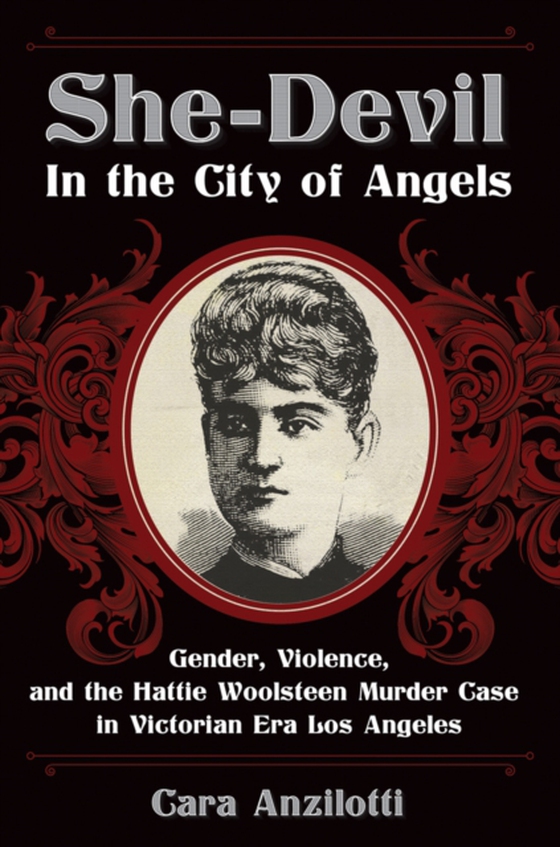
She-Devil in the City of Angels e-bog
403,64 DKK
(inkl. moms 504,55 DKK)
This compelling study of the American public's response to the fate of accused murderer Hattie Woolsteen uses this legal case to examine the complexities of gender history and societal fears about the changing roles of women during the Victorian era.In October of 1887, a young woman named Hattie Woolsteen was accused of murdering her married lover, Los Angeles dentist Charles Harlan. The subseq...
E-bog
403,64 DKK
Forlag
Praeger
Udgivet
20 juni 2016
Længde
200 sider
Genrer
1KBBWF
Sprog
English
Format
pdf
Beskyttelse
LCP
ISBN
9781440840982
This compelling study of the American public's response to the fate of accused murderer Hattie Woolsteen uses this legal case to examine the complexities of gender history and societal fears about the changing roles of women during the Victorian era.In October of 1887, a young woman named Hattie Woolsteen was accused of murdering her married lover, Los Angeles dentist Charles Harlan. The subsequent trial captivated the public as few incidents had done before. The idea of a female murderer was particularly disturbing in 19th-century America, and the public quickly labeled her a fiend and a "e;she-devil."e; But despite the overwhelming evidence against the accused, Hattie Woolsteen was not only acquitted of the charge, but emerged as the victim in this sordid drama. As the public grappled with the details of Hattie's alleged crime, she became a symbol of female victimization and gender inequality-as well as an unlikely champion of women's rights.This book provides the fascinating and lurid details of the Hattie Woolsteen murder case within the context of 19th-century American social history, allowing readers to view this event in historical perspective. Its chapters examine the various factors that influenced public opinion about the case and its outcome, including Victorian attitudes about gender roles and women's place in American society as well as sexuality and crime, common concerns about the societal consequences of rapid urbanization, the power of the Victorian-era press in shaping public opinion, and the subjective nature of the criminal justice system in that time period.
 Dansk
Dansk

